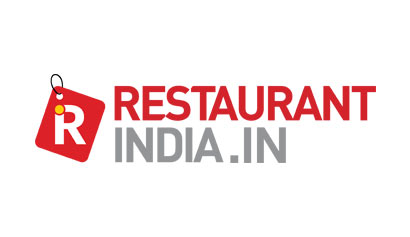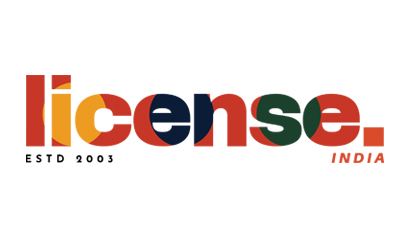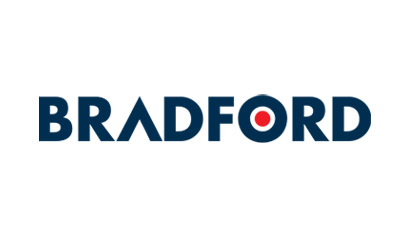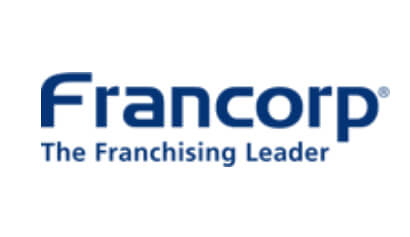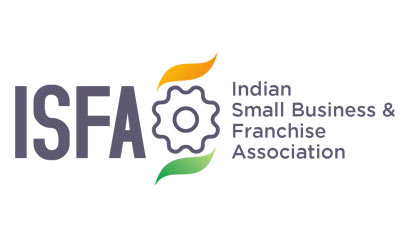To get access to over 10000+ Franchise Business Opportunities.
Network with the growing Business Community to get expert interventions to let you learn to Grow & Expand your Business with Franchising.
Subway is the second largest fast food chain after Yum Brands with more than 31,000 locations worldwide operating in 90 countries.
Subway`s marketing model
In totting up to its strong positioning as a more health-conscious restaurant, much of Subway`s rapid growth can be credited to its somewhat unique business model. Unlike most franchisors, the parent company does not operate any restaurants. Local franchisees operate the stores, and in most markets Subway enters into a contract with a franchisee to be its `development agent` for that market. The development agent is then responsible for developing the territory, new locations, evaluating stores on a monthly basis and assisting franchisees with whatever needs they may have. Development agents act as the interface between the company and the franchisees.
“For Subway franchise, the start up cost is lower as fewer equipment and small area is required and involves lower operating costs”, says Purnendu Kumar, Associate Vice President, Technopak Advisor. These factors enable Subway to open a lot more outlets than any other QSR company.
Manpreet Gulri, Development Agent, Subway Systems India, says, “We franchise directly to the individuals who run Subway restaurants as per the guidelines laid down by the company.” Today in India, many people are aspiring to become entrepreneurs, hence beneficiary to Subway model.
Subway, having aggressive marketing strategy expects development agents to target more outlets than any other franchise in the same territory. This strategy enables Subway to build visibility in the region and making them the only market leader in the sandwich sector.
On the flip side, aggressive franchising can result in a loss of control. As a critical success factor the model is selecting the right business partner, as it is important that the franchisee shares the same strategic vision as that of the company.
As development agents are given the task to grow the company regionally, they at times saturate markets with Subway restaurants in a region and have two restaurants so close in location that they end up competing with one another. Although this may lead to lower profits per Subway location, it leads to overall higher profits for the entire chain and the Development Agent. However, Gulri clarifies, “When market is busy and shows potential for customers, then only we open more than one outlet. It purely depends upon the pull of customers.”
Development of Subway in India
India is offering a vast opportunity for global franchise driven players and Indian franchisees alike. For instance, India`s F&B space is packed with global food giants such as McDonald`s, Subway, Domino`s and Baskin Robbins and newer entrants like Nando`s and Starbucks have lined up to take the franchise route into India.
Gulri says, “Fast food market is still at a nascent stage in India and the real growth is yet to come. The sandwich market will continue to grow within that space.”
Like just a decade ago, it might have been hard to imagine that the take-out food of choice for millions of Indians would be a baked pizza. But since then, calling for a pizza has become quite the urban ritual.
Same goes for a sandwich market in India. Subway entered India with a new concept of health and diet foods. And expanding a brand into a new market isn`t just about translating the tagline; it takes time to establish new products and brand name.
Subway vis-à-vis competition
Subway has maintained strong growth over four decades through franchising at individual level. Whereas chains like McDonalds and Pizza Hut have appointed master franchisees who have set-up stores with approval from the company.
On the branding front, Subway is lacking far behind international QSR companies like Domino`s, McDonalds and Pizza Hut. As players like these are heavy spenders on advertising and marketing activities, whereas Subway is planning to follow a rather novel marketing strategy in India. The competition is doing a lot more activities on their promotional tactics to get the flavour of localization.
On the basis of anonymity a Subway franchisee says, “We pay 4.5 per cent to the company for advertising fund, but the company does the branding only at the national level. Locally we only need to take care of our outlet. There is much scope of increase in branding Subway can do in India.”
But on the contrary the segment at which Subway based on the health platform has a unique positioning which shall emerge stronger in the long run. Other QSR companies have begun to offer healthier alternatives to cope up with the trend. Subway has managed to retain a healthy image in the fast food section all across the world. Subway needs to have lot more promotional activities to create a bigger segment of health conscious people in India.
Outlook:
Looking to grow both from their existing franchisees and new ones, and aiming to have 200 Subway locations in India by the end of 2009, the sandwich chain is on a fast-track expansion mode, throwing up immense opportunities for the prospective franchisees. Gulri says, “Subway sees India as a growth engine in the coming.”


Business Opportunities
Browse By Investment Range
Browse By States
Popular Cities






